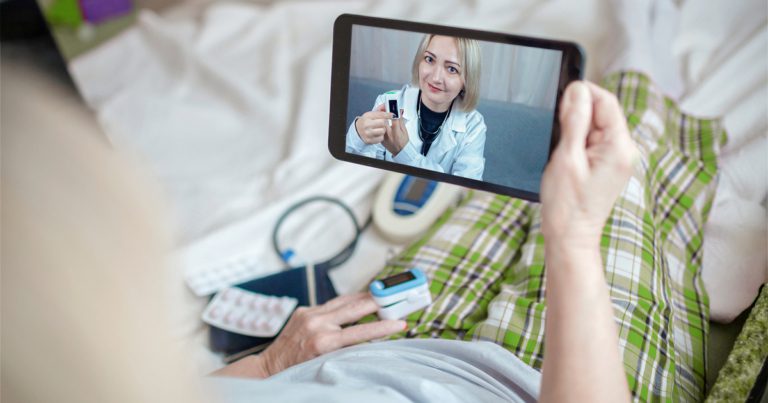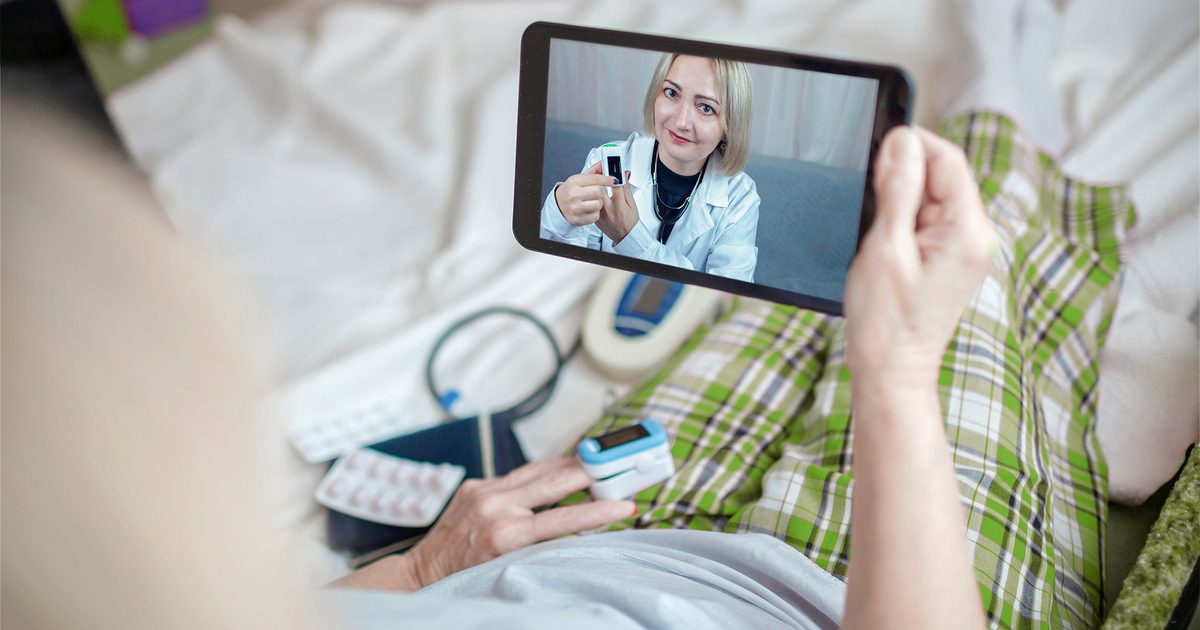Remote patient monitoring (RPM) use has skyrocketed over the past few years. According to a 2023 report from Definitive Healthcare, which is based on data from their Atlas All-Payor Claims database, total claims for the 10 RPM and Remote Therapeutic Monitoring (RTM) CPT codes soared by 1,294% from January 2019 through November 2022.
Despite that increase, only 25% of health care leaders say their practices are using RPM, according to a June 2022 MGMA poll. Another 23% said they were considering adding it in 2023.
But what about allergy practices? How quickly have they adopted RPM technology, and which patients are using it? Definitive Healthcare’s 2023 report “Realizing the potential of remote patient monitoring” has some answers.
- RPM is primarily being used to assist in the management of chronic illnesses like heart disease and diabetes, but some specialists are using RPM to treat lung disease, neurological conditions, and mood disorders, among other conditions.
- In 2021, specialties with the highest share of RPM procedures claims were internal medicine, cardiology, family practice, pulmonary disease and nephrology, at a combined 76.9% of all claims. Allergy/immunology was 19th at 0.4% of claims.
- In 2021, diagnosis categories with the highest share of RPM-related claims were essential hypertension (51.0%), diabetes mellitus with and without complications (16.8%), and hypertension with complications and secondary hypertension (5.4%). Asthma was 11th at 1.1% and COPD and bronchiectasis was seventh at 2.2%.
Allergy/immunology practices have a way to go before RPM is widely adopted, and it is a technology worth considering. Benefits include the ability to monitor and coach patients from a distance; improved patient outcomes; decreased health care costs; and improved patient satisfaction. Allergists using it have reported positive experiences. Warner Carr, MD, FACAAI, is chair of the Advocacy Council and practices in Mission Viejo, CA. “I perform remote patient monitoring in my practice,” he said. “I have found it very useful in preventing many exacerbations in my asthma patients. If you’re not using RPM, you should really consider it as a valuable addition in the management of patients with asthma.”
One of the barriers to RPM implementation is low and/or unclear reimbursement policies. Medicare does reimburse for RPM services, but according to the Center for Connected Health Policy, only 34 state Medicaid programs currently cover RPM services. And only 70+ private payers reimburse for RPM. As a result, you should review your payer mix and state Medicaid policy and find out if your major payers reimburse for RPM before diving in.
Also, do your due diligence on required resources (MA/RN/provider time) and reimbursement potential. For example, the national average Medicare payment amounts for common RPM codes are listed below. These will need to be adjusted based on your geographic index.

| CPT Code | Description | Notes | National Average Medicare Payment |
|---|---|---|---|
| 99454 | Supply of device for daily recording or programmed alert transmissions (each 30 days) | Data must be monitored at least 16 days/month | $50.15/month |
| 99457 | RPM treatment management – first 20 minutes (once every 30 days) | Requires a live, interactive communication | $48.80/month |
| 99458 | RPM treatment management – additional 20 minutes | Requires a live, interactive communication | $39.65/month |
If you’re considering implementing RPM and/or RTM, the College has several resources to support you:
- Webinar: Remote Physiologic Monitoring and Remote Therapeutic Monitoring for Allergists (Jun. 15, 2022)
- Article: Making RPMs and RTMs work for your practice (Jun. 6, 2022)
- Article: 2023 RTM services are now under general supervision (Jan. 23, 2023)
- AMA RPM Implementation Playbook
RPM could be a good option if you’re looking for ways to expand your practice and improve patient outcomes and satisfaction. Stay tuned for more on the economics of RPM in an upcoming Practice Excellence article.



